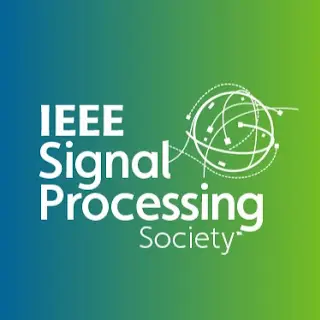New Member Orientation Webinars
All new higher-grade IEEE members are invited to participate in a New Member Orientation session designed to help members get the most out of their membership. These live webinars, which include a 30-minute formal presentation followed by Q&A, provide an overview of IEEE membership and access instructions for members-only benefits and services. Topics include managing your IEEE Account, setting up a profile on memberNet, logging into myIEEE, networking opportunities, and much more. Visit the Welcome to IEEE Web page to register for a New Member Orientation, typically held on the fourth Thursday of each month. Webinars are held at both 9:00 AM ET and 3:00 PM ET on each day. Please e-mail Denise Maestri for more information.

